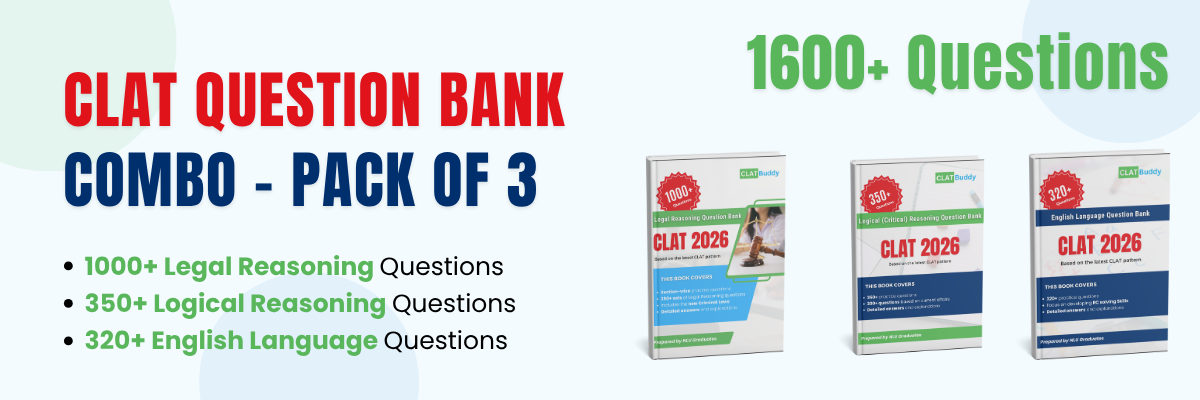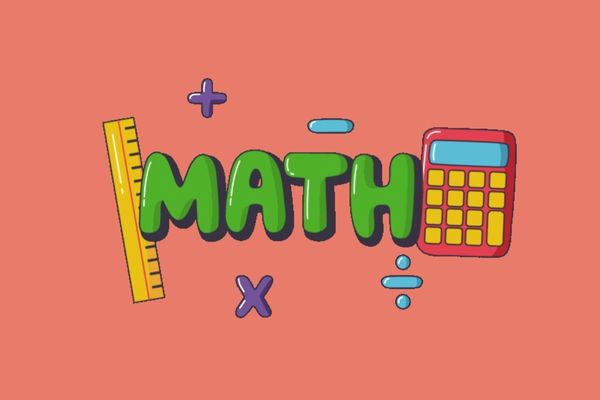The concept of Time, Speed and Distance holds significant importance within the Quantitative Aptitude section of the Common Law Admission Test (CLAT). This topic assesses your ability to solve problems related to motion, travel time and varying speeds. As a student preparing for the CLAT, mastering Time, Speed and Distance problems is crucial to enhancing your mathematical and logical skills. In this guide, we will delve into the core concepts of Time, Speed and Distance, provide illustrative examples and offer strategies to effectively approach and solve these problems.
Understanding the Fundamentals of Time, Speed and Distance
Before delving into the problem-solving process, let’s establish the foundational concepts of Time, Speed and Distance:
1. Speed: Speed is the rate at which an object travels. It is the distance covered per unit of time and is usually measured in units like kilometers per hour (km/h) or meters per second (m/s).
2. Distance: Distance refers to the amount of ground covered by an object during its motion. It is measured in units like kilometers (km) or meters (m).
3. Time: Time is the duration during which an object is in motion. It is usually measured in units like hours (h) or seconds (s).
4. Relationship: The relationship between distance, speed and time is given by the formula: Distance = Speed × Time.
Solving Time, Speed and Distance Problems: Concepts and Examples
Example 1: Constant Speed
Question: If a car travels at a speed of 60 km/h for 3 hours, how far does it travel?
Solution: Distance = Speed × Time
Distance = 60 km/h × 3 h = 180 km
Example 2: Relative Speed
Question: Two cars start from the same point and travel in opposite directions. If one car travels at 40 km/h and the other at 50 km/h, how far apart are they after 2 hours?
Solution: Total Distance = Sum of distances covered by both cars
Distance covered by the first car = 40 km/h × 2 h = 80 km
Distance covered by the second car = 50 km/h × 2 h = 100 km
Total Distance = 80 km + 100 km = 180 km
Example 3: Different Speeds for Different Segments
Question: A person travels a distance of 150 km. For the first 3 hours, he travels at a speed of 50 km/h. For the next 2 hours, he travels at a speed of 60 km/h. What is his average speed for the entire journey?
Solution: Average Speed = Total Distance / Total Time
Total Distance = 150 km
Total Time = 3 h + 2 h = 5 h
Average Speed = 150 km / 5 h = 30 km/h
Strategies for Solving Time, Speed and Distance Problems
Solving Time, Speed and Distance problems requires a blend of logical thinking and mathematical manipulation. Here are some strategies to tackle these problems effectively:
1. Use the Relationship: Utilise the formula Distance = Speed × Time to set up equations and solve for unknowns.
2. Break Down Complex Scenarios: Divide the journey into segments with constant speeds and analyse each segment separately before combining the results.
3. Use Relative Speed: When dealing with objects moving in opposite directions, use the concept of relative speed to find the effective speed.
4. Convert Units: If necessary, convert units of speed or time to ensure consistency in calculations.
5. Practice with Real-Life Situations: Relate the problems to real-life situations to enhance your understanding and application of the concepts.
Conclusion
Mastery over Time, Speed and Distance problems is attainable with a solid grasp of the core concepts and consistent practice. Understand the relationship between distance, speed and time, break down complex scenarios and practice using relative speed. As you prepare for the CLAT, becoming proficient in Time, Speed and Distance not only boosts your mathematical acumen but also bolsters your overall confidence in facing competitive exams. So, gear up, calculate your speeds and embark on the journey of solving Time, Speed and Distance problems with determination and skill!
Calling all law aspirants!
Are you exhausted from constantly searching for study materials and question banks? Worry not!
With over 15,000 students already engaged, you definitely don't want to be left out.
Become a member of the most vibrant law aspirants community out there!
It’s FREE! Hurry!
Join our WhatsApp Groups (Click Here) and Telegram Channel (Click Here) today, and receive instant notifications.




